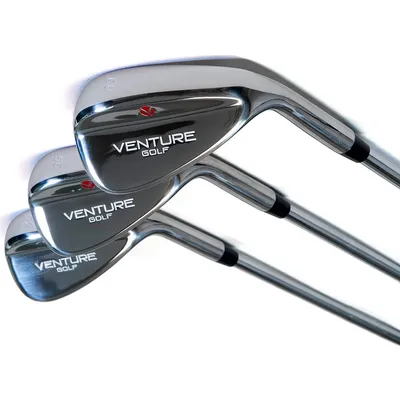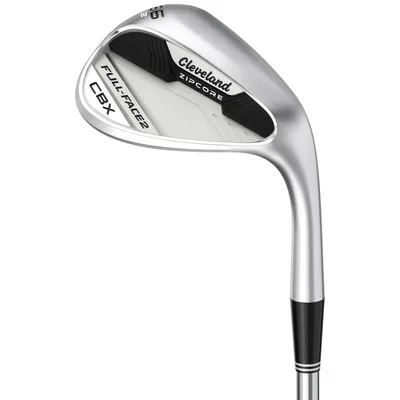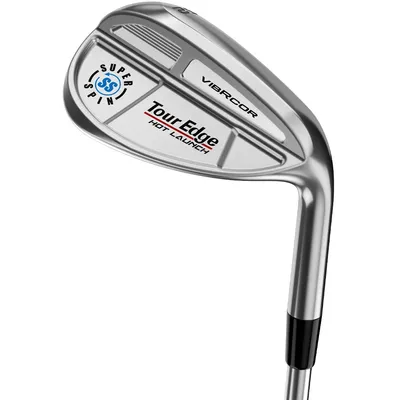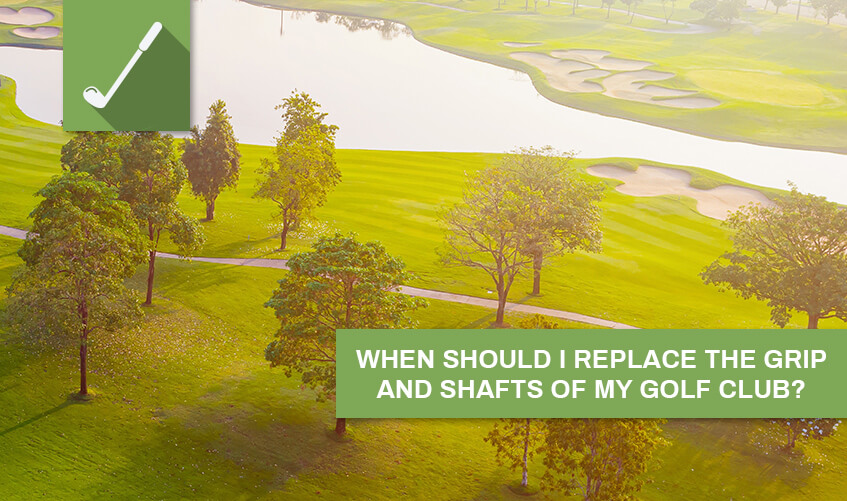Best Short Game Clubs for High Handicappers
It can be easy for most high-handicap golfers to blame their drivers and irons for the steep numbers they post on their scorecards after each round. Odds are, however, that the problem has little to do with a player’s long game at all.
If you’re a high-handicap golfer, and are seeking to save strokes during your next trip around the course, then you should consider taking another look at the short game golf clubs that are sitting in your bag. Chances are that those are the clubs that need your utmost attention, yet always end up taking a backseat to your long-game sticks.
When it comes to honing specific golf skills on a practice day, the short game tends to be the area that is the most overlooked by many high-handicap golfers. And you can’t improve your short game without first considering the quality of the equipment that you’re taking to the green.
Let’s look at two short-game essentials, putters and wedges, to determine what the best choices are for high handicappers.
Best Putters for High Handicappers
The wide variety of putters that are available on the market today can make an afternoon of shopping for the last club of the hole a little daunting. That’s why it is important to evaluate your game thoroughly before considering a few key elements that can make the difference between a poorly judged stroke and a one-putt hole.
- Element 1: Shaft Length. The length of your putter’s shaft is crucial for proper positioning when addressing the ball on the green. Your putter should allot you a comfortable grip while accommodating a stance that keeps your eyes over the ball. If you find that you have about an inch or more of handle protruding from your top hand, then you need a shorter length putter. If there is not enough putter to contain your grip, then you should consider a longer shaft.
- Element 2: Balance. When it comes to finding the right balance for your putter, it really boils down to two options: A face-balanced putter, or a toe-balanced putter. A face-balanced putter means that there is an equal distribution of weight throughout the clubs’ face, from the heel to the toe. A toe-balanced putter, on the other hand, will have most of its weight located in the toe of the club. This design helps golfers that have an arc-putting stroke by helping them move from an open-face position to a closed one through their shot.
- Element 3: Design. Although the putter’s head design is usually for visual assistance only, this may very well be the most valuable consideration when it comes to choosing the best putters for high handicappers. That’s because several putter head designs have different features that can better help a high handicapper line up their shot on the green. Blade head putters are the clubs-of-choice for some of golf’s greatest players, while others prefer the larger mallet head putters that provide a visual sight line to help them aim during their shots.
Best Wedge for High Handicapper
Finding the perfect putter is a great first step toward tightening up your short game, but just because you’re close to the green doesn’t mean that you’re always going to be able to putt. If you’re going to make serious improvements to your short game, then you’re also going to need the right wedge for any given situation.
High-handicap golfers need to have a wide variety of wedges available to them when they play. That’s because each wedge serves a specific purpose for distinct situations, and being able to keep your options open while approaching the green will ensure that no matter what obstacles are put in your way, you’ll have just the right tool to get the job done.
Consider loading up your golf bag with these various wedge types:
- Pitching Wedge. The pitching wedge is by far the most recognizable of all the wedges. It is the least-lofted wedge type (usually around 45 degrees), and is commonly utilized when a 9-iron is too much club for an approach shot.
- Sand Wedge. Don’t let the name fool you; the sand wedge has a variety of uses both in the bunker and around the green. Developed to provide golfers with a club that didn’t have quite the distance of a pitching wedge, the 55-degree sand wedge is the perfect club to help golfers get the ball up from the tall grass that may encompass the rough around the green. Of course, it’s perfect for navigating your way out of sand traps, too.
- Lob Wedge. Still overshooting greens when you’re trying to get some time in with your pitching or sand wedges? Then maybe you should consider adding a lob wedge to your bag. The lob wedge – with lofts that climb as high as 64 degrees – are great clubs for shots that require the ball to rise instantly, while sitting just as quickly. Although several options are available, most experts agree that a lob wedge with around 60 degrees of loft is the most that a medium to high-handicap golfer should require.
Here are some great wedges to consider:
Club Recommendations
Choosing the Right Short Game Clubs for You
Choosing the best short game clubs for high handicappers is a matter of finding the putter and wedges that suit your needs best, while keeping all of your options open. Finding a putter that allows you to line up shots that deliver one-stroke putts is a solid first step to chipping away at those high scores.
High handicappers that also consider carrying a few extra wedges in their golf bags will further ensure that no matter what challenges are in store for them on the golf course, that they’ll be ready to tackle them head-on. If you’re a high handicap golfer, then consider searching for the best putters and wedges to suit your needs during your next golf club shopping trip.






